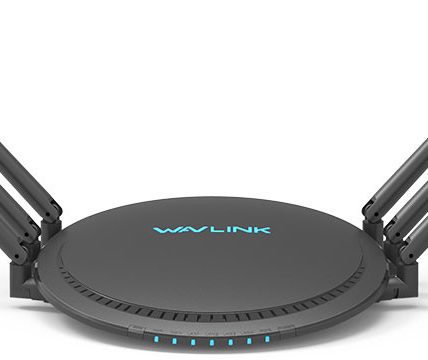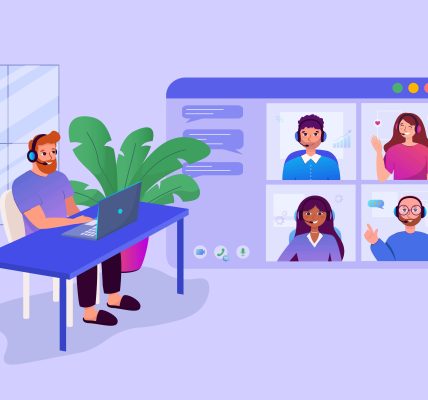In the digital age, governments are increasingly leveraging technology to improve public service delivery. Developing a government service app can significantly enhance accessibility, efficiency, and transparency. However, the cost of developing such an app is a critical factor that needs careful consideration. This article explores the various components that contribute to the government service app development cost, providing a comprehensive overview for decision-makers and stakeholders.
Key Factors Influencing Development Costs
Scope and Complexity of Services:
-
The range of services the app will offer significantly impacts development costs. A simple app providing basic information and service requests will cost less than a complex app integrating multiple services, real-time updates, and secure transactions. Each additional feature or integration adds to the complexity and, consequently, the cost.
Platform Choice:
-
Developing an app for multiple platforms (iOS, Android, and web) will require more resources compared to a single platform. Cross-platform apps using frameworks like React Native or Flutter can be more cost-effective but might have limitations compared to native apps.
User Interface and User Experience (UI/UX) Design:
-
A well-designed app with an intuitive interface and seamless user experience can drive user engagement and satisfaction. Investing in high-quality UI/UX design can be costly but is essential for user adoption and long-term success.
Security and Compliance:
-
Government apps handle sensitive data, necessitating robust security measures. Compliance with regulations such as GDPR or HIPAA (for health-related services) adds to the complexity and cost. Implementing encryption, secure authentication, and regular security audits are critical components that can increase costs.
Integration with Existing Systems:
-
Many government services rely on existing databases and systems. Integrating the new app with these systems requires specialized knowledge and can be a significant expense. Ensuring seamless integration while maintaining data integrity and security is essential.
Maintenance and Updates:
-
Post-launch maintenance, including bug fixes, updates, and improvements, is an ongoing cost that must be factored into the budget. As technology evolves and user needs change, regular updates are necessary to keep the app relevant and functional.
Breakdown of Cost Components
-
Initial Development Costs:
-
Planning and Research: Identifying user needs, defining app functionality, and developing a project roadmap.
-
Design: Creating wireframes, prototypes, and final UI/UX designs.
-
Development: Coding the app, integrating with backend systems, and testing.
-
-
Security and Compliance:
-
Implementing security protocols.
-
Conducting compliance assessments and audits.
-
-
Infrastructure:
-
Hosting services.
-
Data storage solutions.
-
Scalability considerations to handle high traffic.
-
-
Testing and Quality Assurance:
-
Functional testing to ensure the app works as intended.
-
Performance testing to handle load and stress.
-
Security testing to protect against vulnerabilities.
-
-
Deployment and Marketing:
-
App store submission and approval processes.
-
Marketing to raise awareness and drive downloads.
-
-
Ongoing Costs:
-
Regular updates and feature enhancements.
-
Technical support and customer service.
-
Continuous security monitoring and compliance checks.
-
Cost Estimates
The cost of developing a government service app can vary widely based on the factors mentioned above. Here is a rough estimate:
-
Basic App: $50,000 – $100,000
-
Simple interface with basic services and minimal integrations.
-
-
Moderate Complexity App: $100,000 – $250,000
-
Multiple services, moderate integrations, and enhanced security features.
-
-
High Complexity App: $250,000 – $500,000+
-
Comprehensive service offerings, extensive integrations, advanced security, and ongoing maintenance.
-
Conclusion
Developing a government service app is a significant investment that can greatly benefit public service delivery. By understanding the key factors and cost components involved, governments can make informed decisions, ensuring they allocate sufficient resources to create a secure, efficient, and user-friendly app. Proper planning, execution, and maintenance are essential to maximizing the app’s value and achieving the desired outcomes for both the government and its citizens.





